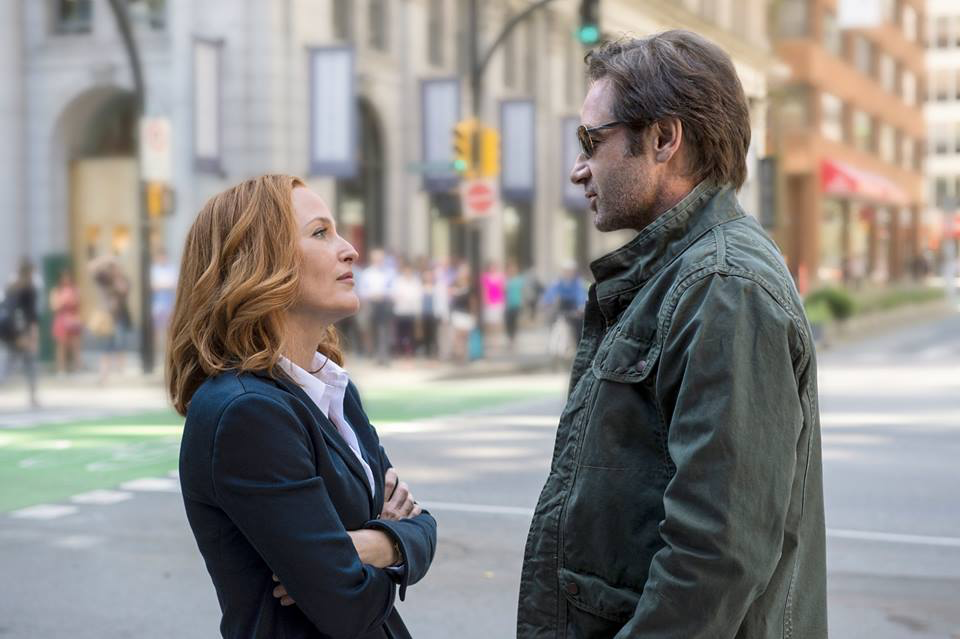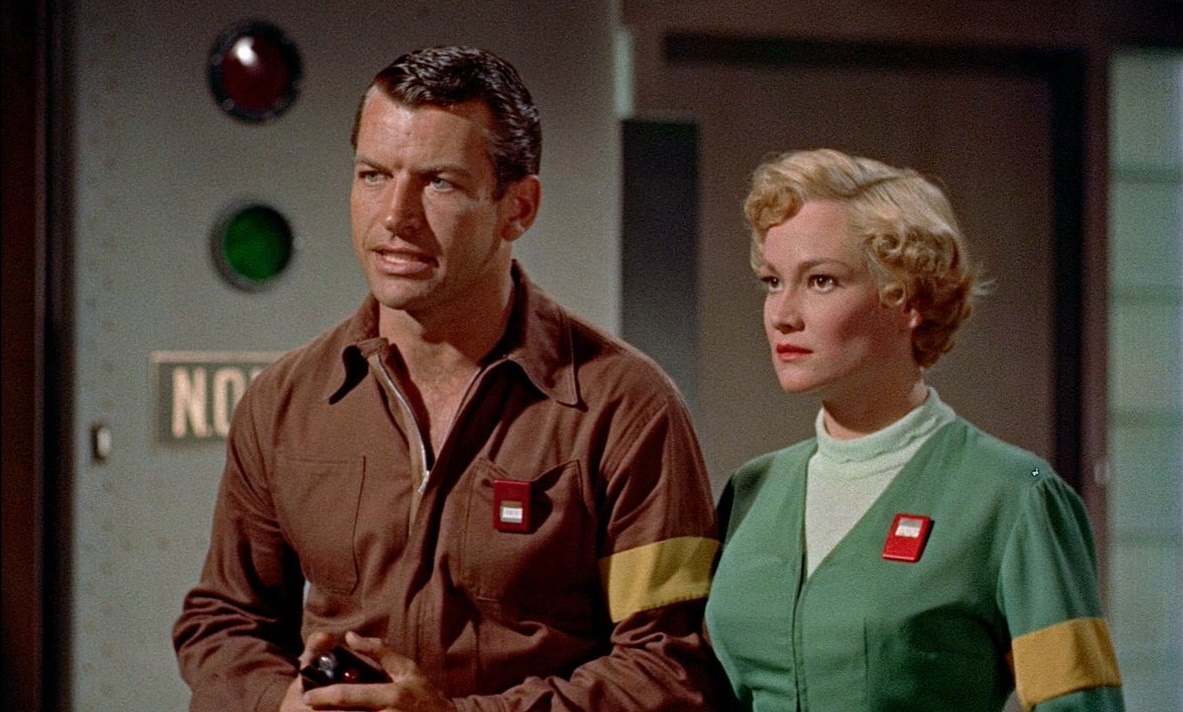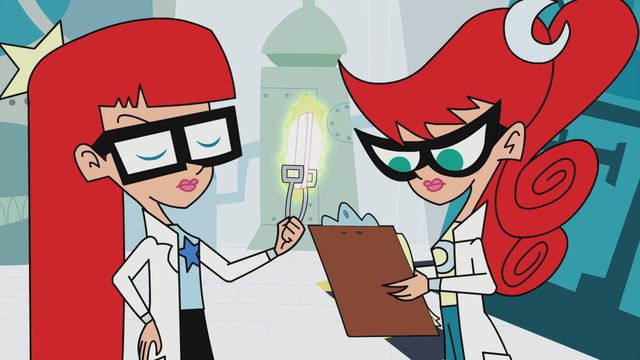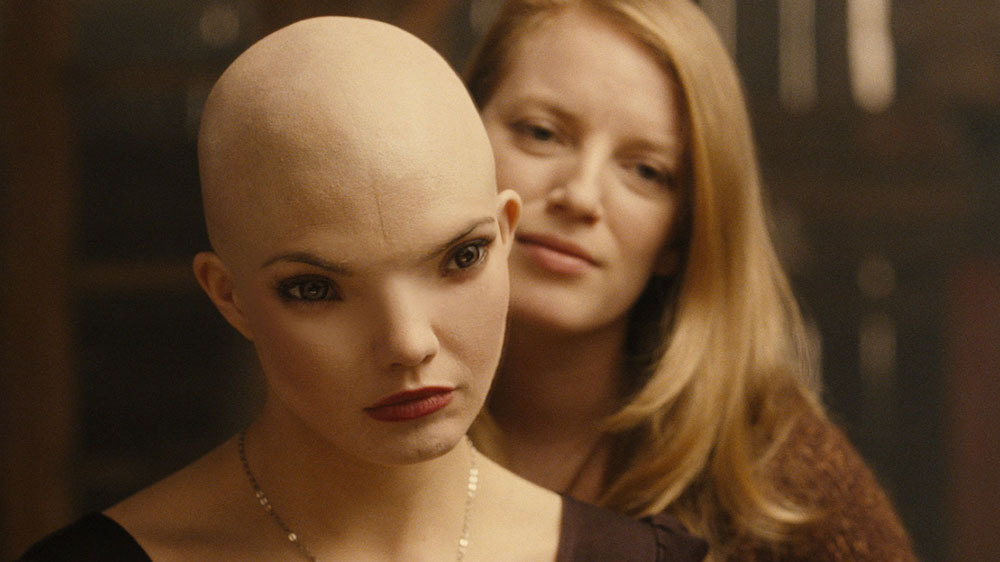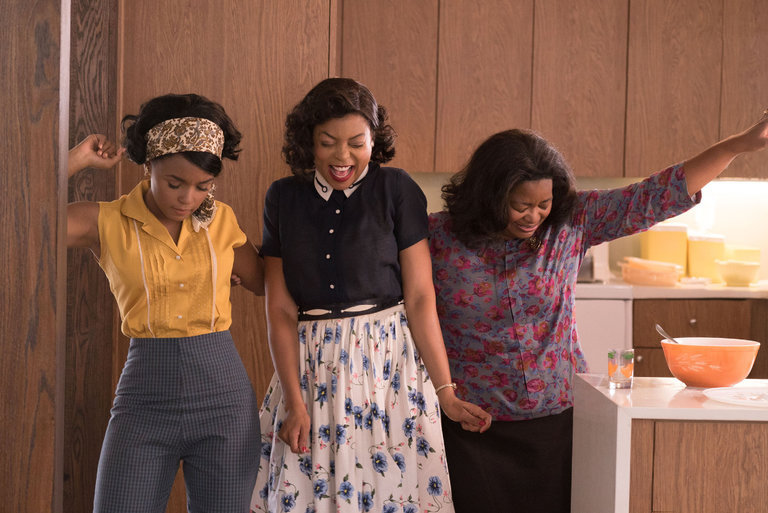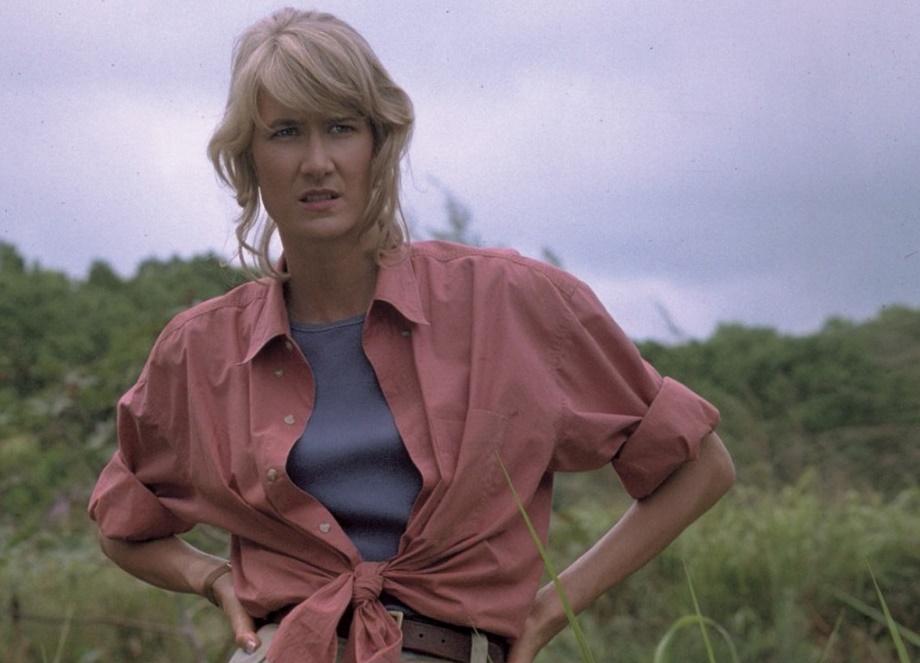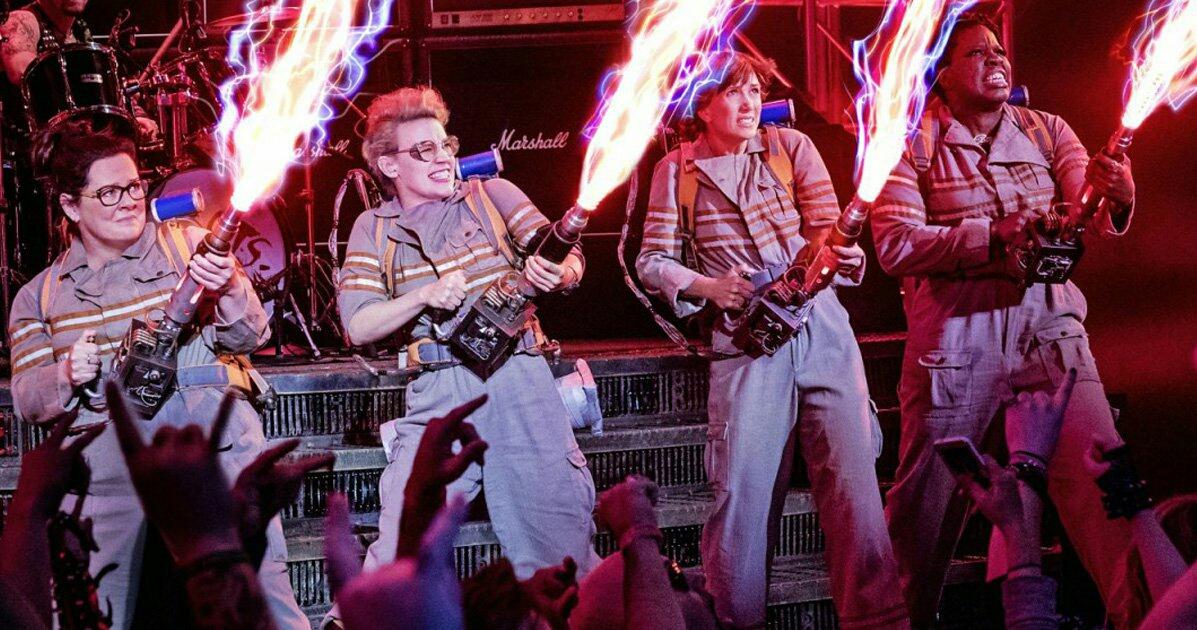This guest post written by Sarah Mirk originally appeared at Bitch Media and appears here as part of our theme week on Women Scientists. It is cross-posted with permission.
When I was in junior high, I had one major extracurricular activity: watching The X-Files. I loved the spookiness and the drama surrounding FBI agents Dana Scully (Gillian Anderson) and Fox Mulder (David Duchovny). During the long summer months, I got X-Files consumption down to an efficient science. This was long before Netflix, back when binge-watching required serious devotion. Each day, I would walk down to the video store and rent a $2 VHS of two X-Files episodes. Then, at 9 p.m., I could watch another X-Files rerun on FX. That means I could squeeze three X-Files episodes into each 24-hour period. In my downtime, I read the unofficial X-Files guidebooks. It was a great summer.
Though I stopped watching the show as I got older (even 14-year-old me could clearly see when the show jumped the shark in season six), I remembered The X-Files as an excellent show. Agent Scully was a confident scientist. Agent Mulder was a dreamboat. I loved them both and thought they were the kind of odd couple that’s clearly made for each other. Then, last year, Fox announced that the original stars would be coming back to TV for an all new X-Files miniseries this January. I giddily started rewatching episodes.The X-Files is certainly a lot cheesier and low-budget than I remembered through the haze of nostalgia. But that’s not the biggest difference. Before finishing even one episode, I realized something even worse: Agent Mulder is not a dreamboat. In fact, he’s an asshole. An asshole who spends most of the series mansplaining to Agent Scully.
A lot of the fun of The X-Files, of course, comes from the sparky dynamic between Mulder and Scully. He’s a conspiracy theorist who instantly points to aliens, ghosts, or an errant chupacabra as the culprit for many of the crimes the pair investigate. Scully, meanwhile, is a forensic doctor whose criminal hypotheses stem from her extensive understanding of anatomy, chemistry, and biology. I’d always loved seeing the partners bounce contrasting ideas off each other. But watching the show as an adult who’s had two decades or so to reflect on everyday sexism, it’s suddenly obvious just how much bullshit Scully has to put up with. Not only does Mulder routinely dismiss her extremely practical ideas, but her knowledge often gets the side-eye from other men in the male-dominated world of law enforcement. In episode after episode, she has to defend her ideas to Mulder, her boss Agent Skinner, small-town cops, and a rotating cast of folks like the Lone Gunmen.
As a teen, I loved how Scully presented herself confidently and competently in the face of truly otherworldly chaos. She’s still a great character for that reason, but watching the show now, instead of rooting for Mulder and Scully as a duo, I find myself rooting for Scully alone. Twenty years after The X-Files debuted, it’s still rare to see a female character who’s as complicated and resilient as Scully — especially who works in science. Meanwhile, many of Mulder’s character traits that I once thought were endearing — his puppy dog attitude, his propensity toward throwing himself into the path of danger, his skepticism toward Scully’s ideas — now feel to me like standard egotistical behavior. As a teenager, I’d never met anyone like Mulder. Now, I’ve met many guys who act a lot like him — although their obsessions are usually not aliens, but Apple products, or politics, or “ethics in video game journalism.”
What stands out about The X-Files while watching it now, though, is how consistently Scully stands up for herself. There are a bunch of episodes where Scully’s no-bullshit attitude toward mansplaining shines. In season-three episode “Jose Chung’s ‘From Outer Space,’” Mulder runs around trying to prove that two upset teens were abducted by aliens while they were on a date. Scully calmly explains that it’s far more plausible that the two teenagers simply had sex and are struggling to deal with the emotional aftermath. This exchange between the agents is classic Scully:
SCULLY: We know that it wasn’t an alien who probed her. Mulder, you’ve got two kids having sex before they’re mature enough to know how to handle it.
MULDER: So you’re saying that all this is just a case of sexual trauma?
SCULLY: It’s a lot more plausible than an alien abduction.
That episode, like most episodes of The X-Files, ends in a gray area. Neither Mulder nor Scully’s ideas are completely vindicated, and it’s not clear to viewers whether the strange encounter was caused by sexual trauma, extraterrestrials, or shadowy government agents. Neither agent is wrong, but the script writers are careful to show neither is objectively right, either. Another fan-favorite Scully episode is season four’s “Never Again.” Gillian Anderson reportedly asked the show writers to put together a script specifically exploring Scully’s “dark side.” The result is this episode that begins with Scully asking Mulder why he has a desk — with a nameplate and all — while she doesn’t. Mulder says he always thought of a corner of the room as “her area” — an explanation Scully doesn’t buy. Then, Mulder heads out on vacation, telling Scully to follow up on a UFO sighting. She argues that it seems like a real waste of time, especially since the witness’s account of the incident sounds suspiciously like the plot of a Rocky & Bullwinkle episode.
MULDER: So you’re refusing an assignment based on the adventures of Moose and Squirrel?
SCULLY: “Refusing an assignment?” It makes it sound like you’re my superior.
MULDER: Do what you want. Don’t go to Philadelphia, but let me remind you that I worked my ass off to get the files reopened. You were just assigned. This work is my life.
SCULLY: And it’s become mine.
MULDER: You don’t want it to be.
SCULLY: This isn’t about you. Or maybe it is, indirectly. I don’t know. I feel like I’ve lost sight of myself, Mulder. It’s hard to see, let alone find in the darkness of covert locations. I mean, I wish I could say that we were going in circles, but we’re not. We’re going in an endless line — two steps forwards and three steps back. While my own life is… standing still.
With Mulder on vacation, Scully winds up going on a date with a man, who (of course) turns out to be driven mad by a tattoo laced with poison ink. Deadly shenanigans ensue and Scully lands in the hospital. When she returns to work, rather bruised, Mulder asks, “All this, because I’ve … because I didn’t get you a desk?” Scully doesn’t give into his guilt trip. The episode ends with the line, “Not everything is about you, Mulder. This is my life.” Television doesn’t get more direct than that.
The “Mulder is an asshole” trend isn’t just something that bugs me — a lot of fans feel the same way. This fall, I was on an X-Files panel at GeekGirlCon in Seattle with five other female fans. In front of a conference room full of several dozen serious X-Files devotees, I was a little nervous to voice my negative feelings about Mulder. But panelist and X-Files burlesque producer (yes, that’s a thing) Jo Jo Stiletto beat me to it. “Mulder is a real dick,” she said, to applause. That quickly became the theme of the panel: recounting the many ways that Mulder shuts down Scully, dismisses her intelligence, and generally belittles her during the series. Every fan had their own story of coming to realize that Mulder is a dick. Instead of reveling in the will-they-or-won’t-they romance between Mulder and Scully, as adults, we all agreed that Mulder feels a lot like a manipulative ex-boyfriend all women are better off without.
When the new miniseries airs this month on Fox, I’ll be watching. But while the show will always hold a special place in my heart, what will keep me tuned into the reboot isn’t Mulder and Scully. It’s Scully, holding her own. Mulder and his eye-rolling can go get permanently abducted for all I care.
See also at Bitch Flicks: Dana Scully: Femininity, Otherness, and the Ultimate X-File; Beverly Crusher (‘Star Trek: TNG’) and Dana Scully (‘The X-Files’): The Medical and the Maternal; The Female Scientists of ‘The X-Files’; Sexual Desire on ‘The X-Files’: An Open (Love) Letter to Scully
Sarah Mirk is Bitch Media‘s online editor. She’s interested in gender, history, comics, and talking to strangers. You can follow her on Twitter.
